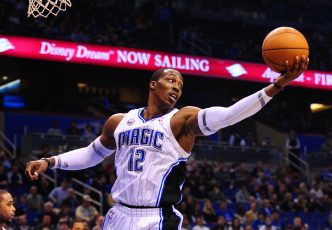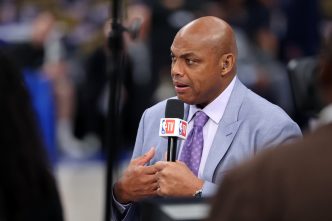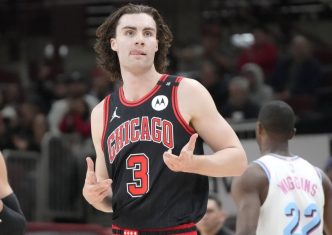The Golden State Warriors scraped by the Dallas Mavericks on March 28 in a game that was way closer than Steve Kerr would’ve liked. It was one of those nights where the scoreboard told a story of survival more than dominance, and in the postgame presser, Kerr didn’t mince words about why his team’s still standing. “Steph’s still the guy—if he’s not cooking, we’re in trouble,” he said, laying it out plain and simple. And when you peel back the layers of that tight win, it’s clear he’s not exaggerating. In a Western Conference race that’s tighter than a drum, the Warriors’ fate hinges on Stephen Curry’s magic more than ever.
Let’s break it down. The Warriors walked away with the W, but it wasn’t a vintage Golden State performance. You know those games—the ones where Curry’s splashing threes from the parking lot, the ball’s zipping around like it’s got a mind of its own, and the opponent’s just chasing shadows? This wasn’t that. Dallas hung tough, and if it weren’t for a few clutch moments, we might be talking about a different outcome. Kerr’s seen enough basketball to know the truth: when Curry’s not lighting it up, the whole operation feels the heat. It’s not a knock on the rest of the squad—Klay Thompson’s still got that silky jumper, Draymond Green’s still a defensive maestro—but Steph’s the engine that keeps this machine humming.
Think about what Curry brings to the table. The guy’s a walking highlight reel—those lightning-quick releases, the off-balance heaves that somehow find the net, the way he bends defenses like they’re made of rubber. When he’s on, it’s not just points; it’s momentum, confidence, a tidal wave that lifts everyone else. But when he’s off? The Warriors start looking mortal. The ball movement slows, the spacing gets clogged, and suddenly, a team built on finesse has to grind it out. Against a Dallas squad that’s no slouch, that’s a dangerous game to play. Kerr knows it, and after that nail-biter, he wasn’t shy about admitting it.
Now, let’s zoom out a bit. The West is a dogfight right now—every win’s a precious commodity, and every loss stings a little extra. The Warriors aren’t coasting on past glory; they’re scrapping for position just like everyone else. That’s what makes Kerr’s comment so telling. This isn’t 2016, when they could lean on a deep bench and a younger Curry to carry the load night after night. Today’s Warriors are a different beast—still lethal, but more reliant on their superstar to keep the fire burning. And with the postseason looming, that reliance could be their ace in the hole—or their Achilles’ heel.
What’s wild is how Curry’s still doing this at 37. Most guys his age are slowing down, picking their spots, letting the young guns take over. Not Steph. He’s still the focal point, still the guy defenses lose sleep over. Against Dallas, even if he wasn’t at his peak, you can bet they had him circled on the scouting report. That’s the Curry effect—whether he’s dropping 40 or fighting through a cold stretch, he’s shaping the game. Kerr’s point is crystal clear: if Steph’s not cooking, the Warriors don’t just lose a scorer—they lose their identity.
So where does that leave Golden State? Well, they’ve got the talent to make noise, no question. Thompson can still catch fire, Green’s still the glue, and the supporting cast has its moments. But this tight win over Dallas was a reminder: it’s Curry’s show, and everyone else is along for the ride. Kerr’s not panicking—not yet, anyway—but you can hear the urgency in his voice. In a West where every game’s a slugfest, the Warriors need their chef to keep serving up those five-star performances. Because when Steph’s cold, the whole team feels the chill—and in this race, there’s no room to shiver.








